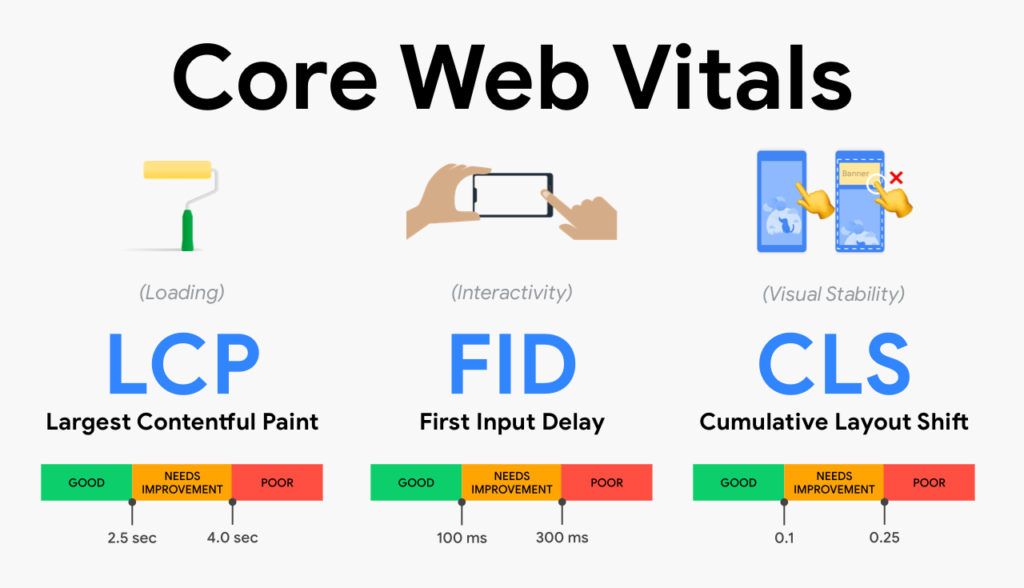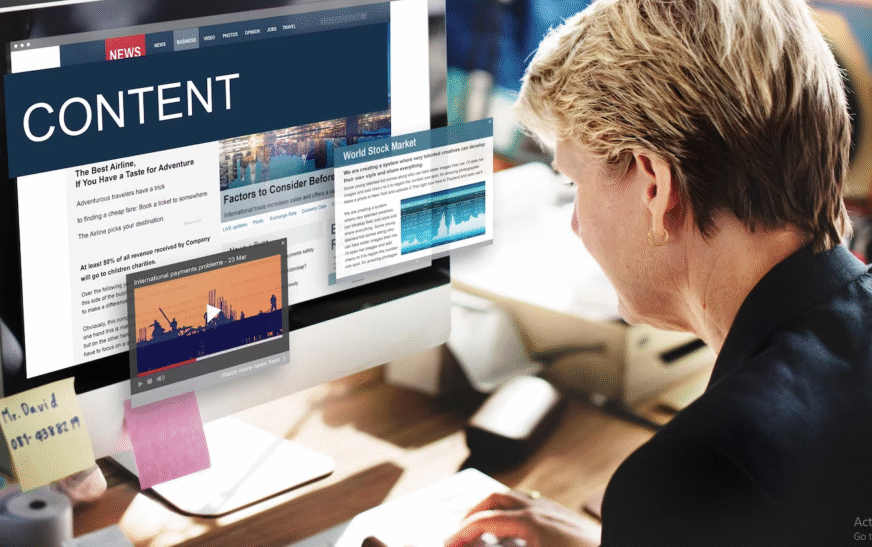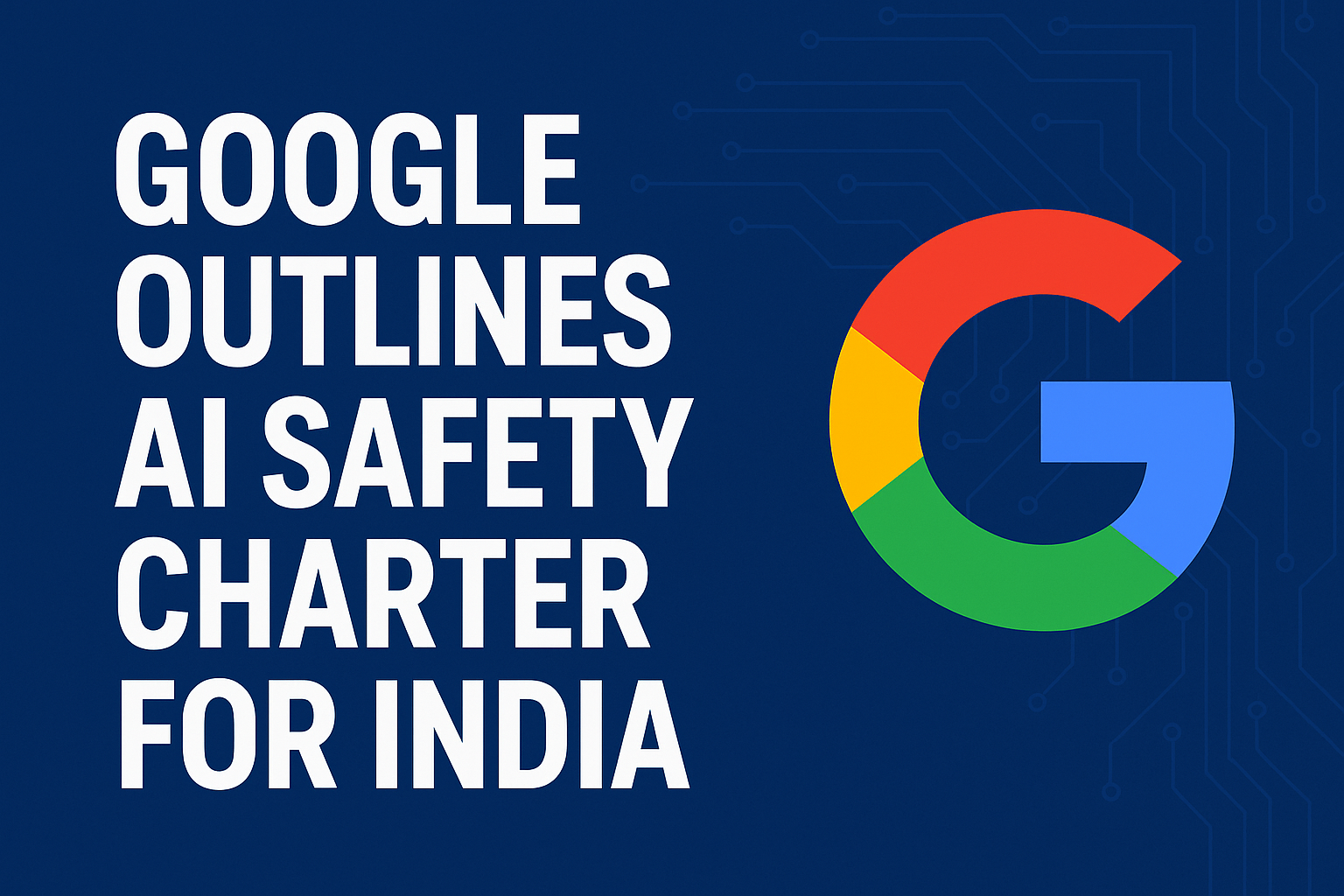If your website is taking more than 2–3 seconds to load, you’re losing visitors, leads, and search rankings—no exaggeration. In a world where attention spans are shrinking and competition is fierce, your website performance directly affects your success.
Whether you run an eCommerce store, blog, or service site, optimizing website speed is one of the most impactful changes you can make. Not just for user experience, but also for SEO performance and conversion rates.
In this guide, you’ll learn why website speed matters, how it affects your Google rankings, and what real steps you can take to optimize it.
Why Website Speed Matters for SEO and Conversions
1. Google Cares About Speed—A Lot
Page speed became an official Google ranking factor in 2018, and with the introduction of Core Web Vitals, its impact is now even bigger. Google wants users to get fast-loading, mobile-friendly pages. If your site lags behind, so will your rankings.
Having a lightweight WordPress theme for speed is one of the smartest moves you can make. Heavy themes with bulky code can drag down your performance—even if your content is great.
2. Your Visitors Aren’t Waiting Around
The truth is, your users won’t wait. Studies show that if a page takes more than 3 seconds to load, over 50% of users will bounce. And for mobile users, that patience runs even thinner.
This is why optimizing for faster load times isn’t just for SEO—it’s a sales and trust issue too.
How Website Speed Affects SEO Directly
Lower Bounce Rates
Fast-loading pages reduce bounce rate. If a visitor bounces quickly, Google interprets that as a bad user experience and may lower your position in search results.
Better Crawlability
Slow websites can make it hard for search engine bots to index all your pages. That means even your best content might never show up in Google if your site isn’t fast.
Higher Conversion Rates
Fast websites lead to more conversions. Whether you want sales, signups, or form submissions, reducing lag increases results.

Simple Ways to Boost Website Speed (With SEO Keyword Stuffing Naturally Included)
1. Use Lightweight WordPress Themes for Speed
Your theme plays a huge role in load time. Skip flashy multipurpose themes and instead go for performance-optimized options. Some of the best lightweight WordPress themes for speed include Astra, GeneratePress, and Neve. They’re clean, minimal, and built with SEO in mind.
Avoid themes that come with too many preloaded scripts and design features you’ll never use. Less is more.
2. Choose the Fastest WordPress Hosting for SEO
Your hosting plan is the foundation. Cheap shared hosting may be slow, overcrowded, and harmful for SEO. Upgrading to the fastest WordPress hosting for SEO, like SiteGround, WP Engine, or Kinsta, can instantly improve page load times and server response.
Hosting is not the place to cut corners if you care about performance and rankings.
3. Compress Images Without Losing Quality
Heavy images are speed killers. You should compress every image before uploading it. Use tools like TinyPNG or ShortPixel, and convert files to WebP for better performance.
Sites using image compression tools for website speed consistently outperform those that don’t.
4. Minify CSS, HTML, and JavaScript
Minification removes unnecessary characters from your code—spaces, comments, and formatting—that don’t impact how the browser displays the site.
To minify CSS and JS for SEO, use plugins like Autoptimize or WP Rocket. Smaller files = faster load.
5. Reduce HTTP Requests in WordPress
Each element on your site (like images, stylesheets, and scripts) makes an HTTP request. Fewer requests = faster loading.
To reduce HTTP requests in WordPress, combine CSS files, load only necessary plugins, and remove extras like font libraries and tracking scripts that don’t serve SEO goals.
6. Enable Browser Caching for WordPress
Caching lets visitors’ browsers save certain files, so the next time they visit, your site loads in a snap.
Using plugins like WP Super Cache or W3 Total Cache to enable browser caching for WordPress makes a massive difference in speed, especially for return users.
7. Use Lazy Load Images for Faster Websites
Lazy loading defers loading images until they are needed (i.e., when a user scrolls to them). This helps reduce the time it takes for the page to become interactive.
By enabling lazy load images for faster websites, especially on mobile, you can pass Google’s Core Web Vitals more easily.
8. Set Up the Best CDN for Website Speed
A Content Delivery Network (CDN) distributes your content across multiple servers globally, ensuring faster delivery to users regardless of location.
Cloudflare and BunnyCDN are among the best CDN for website speed and also improve security and uptime.
9. Clean WordPress Database for Better Speed
Old drafts, post revisions, and spam comments can clog your database. Use WP-Optimize or Advanced Database Cleaner to clean your WordPress database for better speed and maintain top performance.
Bonus Tips for Developers & Site Owners
- Always test on real devices, not just emulators.
- Optimize your site’s mobile responsiveness.
- Use Lighthouse in Chrome DevTools to monitor Core Web Vitals.
- Avoid third-party scripts unless necessary.
- Defer non-critical JavaScript to speed up first render.
Don’t Let Speed Kill Your SEO Potential
Your website speed directly affects how users experience your brand—and how Google ranks you. A delay of even 1–2 seconds can impact everything from engagement to conversions.
The good news? Fixing it isn’t rocket science. Use a lightweight WordPress theme for speed, choose the fastest WordPress hosting for SEO, and use plugins wisely to clean and optimize your assets.
When you improve your website performance, you’re not just pleasing Google. You’re giving your visitors a reason to stay, explore, and convert.













